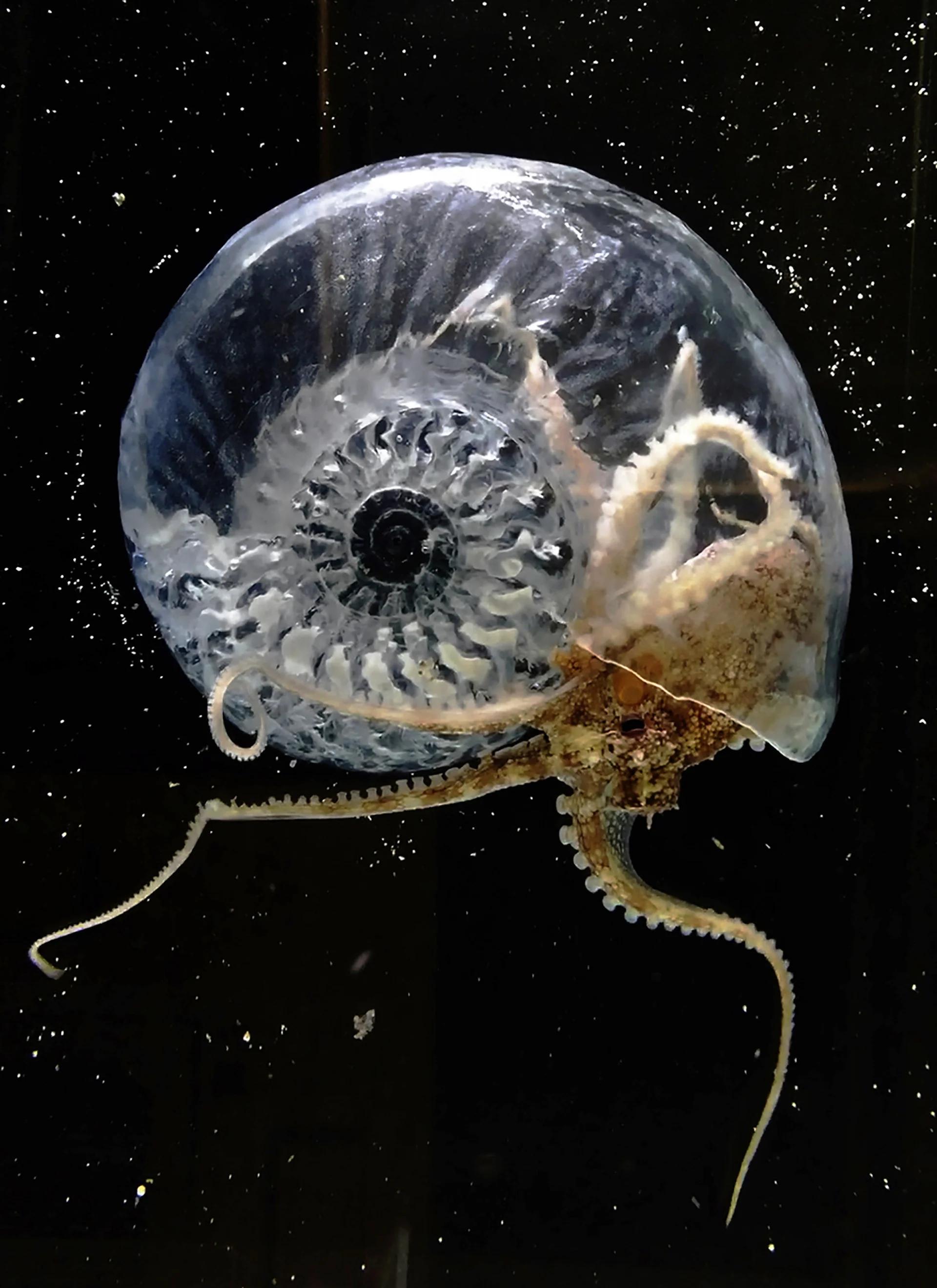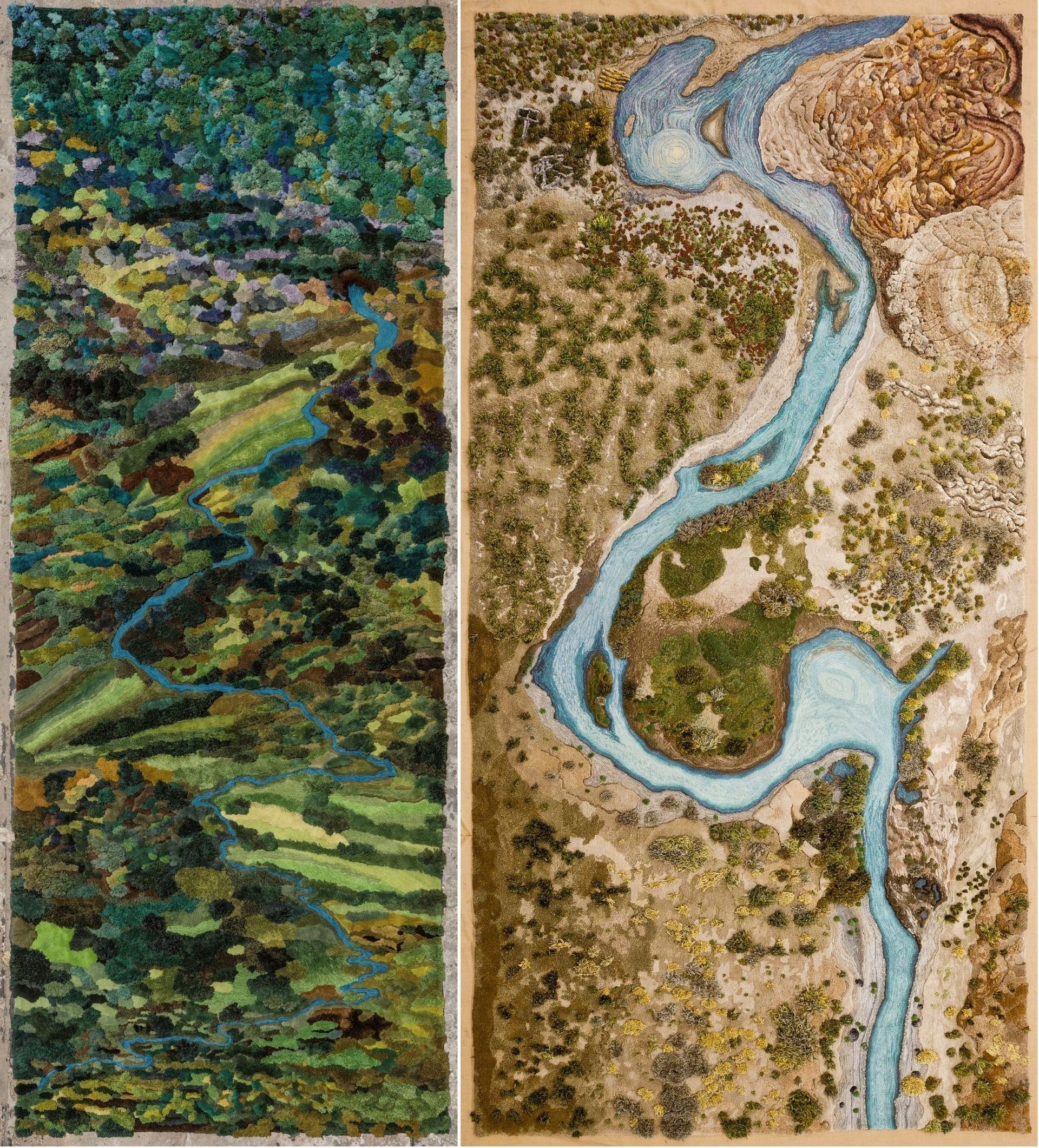SPOTLIGHT: HUMAN NATURE SEPTEMBER 17 2021
by Wava Carpenter
A conversation with the innovative Israeli designer on the future of vegan design

STILL FROM TROPICAL MILAN, A FILM WRITTEN AND DIRECTED BY PANA, THAT TACKLES THEMES OF VEGANISM, SELF- SUSTAINABILITY, AND GLOBAL WARMING
Photo by Klau Rothkegel; courtesy of Erez Nevi Pana
In the Human Nature series, we explore the critical, evolving relationship between humans and our environment through conversations with some of today’s most inspiring, influential, and boundary breaking design creatives.
This time around, we speak with Israeli designer Erez Nevi Pana, a champion of vegan design whose experimental processes underscore the potential of working animal-free. From growing his own materials to crafting unexpected objects from crystallized Dead Sea salt, Pana’s conceptually driven, museum-quality works have caught the attention of the design world’s who’s who. His projects have been presented with Friedman Benda, the National Gallery of Victoria, and more—a testament to the promise of his path. As Pana tells us, “If design is intended to better humanity, I believe vegan design is an opportunity.”

TEL AVIV-BASED DESIGNER AND ACTIVIST EREZ NEVI PANA
Photo courtesy of the designer
Design Miami/For those unfamiliar with your work, please explain your focus and approach.
Erez Nevi Pana/My work is quite artistic and conceptual; the objects I design are 100% animal-free and are based on principles of non-violence. I consider my work a cruelty-free practice that encourages a harmonious state of living.
I started eight years ago by questioning my food. Then I questioned my clothing and later my own design practice, which ultimately led to my Ph.D. research on vegan design. As I realized the frequency of assimilating animal ingredients in basic materials and products, I’ve come to recognize I must try to apply veganism in all aspects of life. I veganized my studio as well—from the materials to the tools that I use in the design process—with a great hope to stop collaborating with cruel domains. I choose not to use the animals as mediators, but wish to go as close as I can to the source.
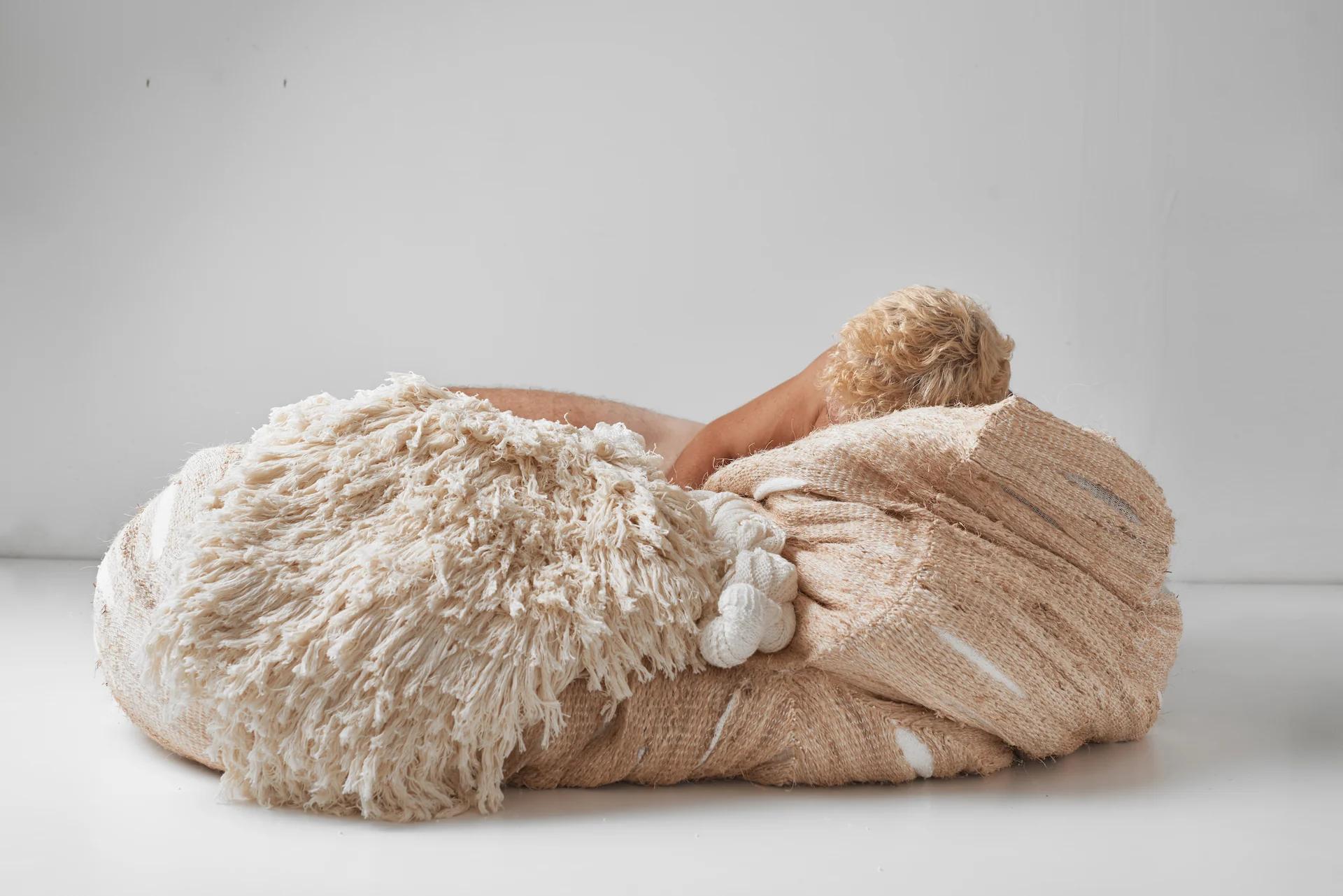
VEGANA BANANA BAG CHAIR, PART OF TROPICAL MILANO, IS MADE OF BANANA FIBER GROWN BY THE DESIGNER HIMSELF
Photo by Dor Kedmi; courtesy of Erez Nevi Pana
DM/What is the driving motivation behind your practice?
ENP/We witness the impact of our consumption, which leads to pollution, extinction, and the climate emergency. With my designs, I want to provoke users to think before they consume and inspire other designers to choose clean materials and design guilt-free objects.
From day one, it was clear to me that I should spread my ideas and connect with other designers and activists to reach the goal: to stop animal abuse and explore alternatives to achieve a balanced and harmonious lifestyle. As my research progressed, my vision and understanding of the design world has expanded and become more holistic.

CRYSTALLIZED BLOCKS, COMPOSED OF DEAD SEA SALT
Photo by Dor Kedmi; courtesy of Erez Nevi Pana
DM/What is the greatest, consistent challenge you face in your work?
ENP/Tracing back the origins of the materials I use and understanding the environmental price of each object I produce.
As a designer I’m searching for the unfamiliar and exotic, aspiring to be fresh and visionary. I’m attracted to beauty and aim for aesthetics. Within this checklist, I need to consider each ingredient that forms the object, as well as the tools I use.
To cope with this, I started growing some of the materials I use on the rooftop of my studio. For example, banana plants to produce banana silk for the seats I weave, as exhibited in Tropical Milan, one of the ongoing projects I’ve been honored to collaborate with curator Maria Cristina Didero on. Or loofah vines for the Bleached project I design exclusively for Friedman Benda. These sponge elements are submerged in the ponds of the Dead Sea where they crystallize. As I grow my own materials and objects, the duration of production processes is way longer, but the results are more valuable to me—and to the clients. The resulting narratives reach greater depths.
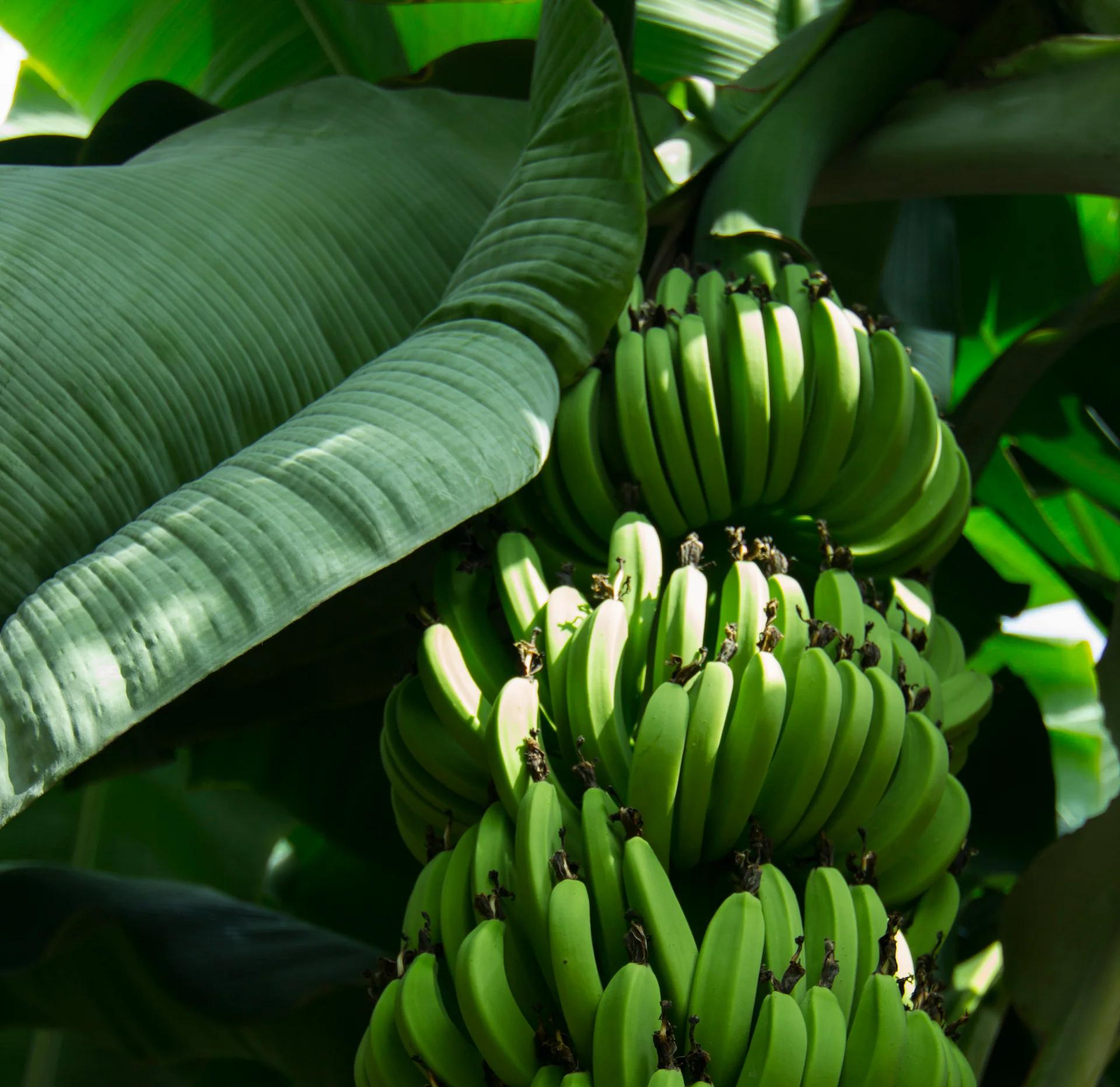
STILL FROM TROPICAL MILAN, WRITTEN AND DIRECTED BY EREZ NEVI PANA. THE FILM COMPLEMENTS A FURNITURE COLLECTION OF THE SAME NAME, ADDRESSING THE THEMES OF VEGANISM, SELF- SUSTAINABILITY, AND GLOBAL WARMING
Photo by Klau Rothkegel; courtesy of Erez Nevi Pana
DM/Can design help solve our environmental and social ills? If so, how?
ENP/Nature always balances itself, and design is a tool used for problem solving as well as a change catalyst. Therefore I view the harmonious state as the core of both design and nature—they fit together.
In my approach, beside the ethics, there is an environmental side. Animal farming may produce food, bags of skins, or wool for our sofas. But the environmental price for each bite or seat is extremely high. Animal agriculture is a major [cause] of air pollution and water usage, in addition to deforestation and burning land for growing crops to feed the animals.
Designers must see the bigger picture, and a holistic approach needs to be implemented into their design processes and objects, but not only. Being conscious is fundamental; we can see the cooperation within those industries and choose responsible alternatives that will help us solve our environmental ills.
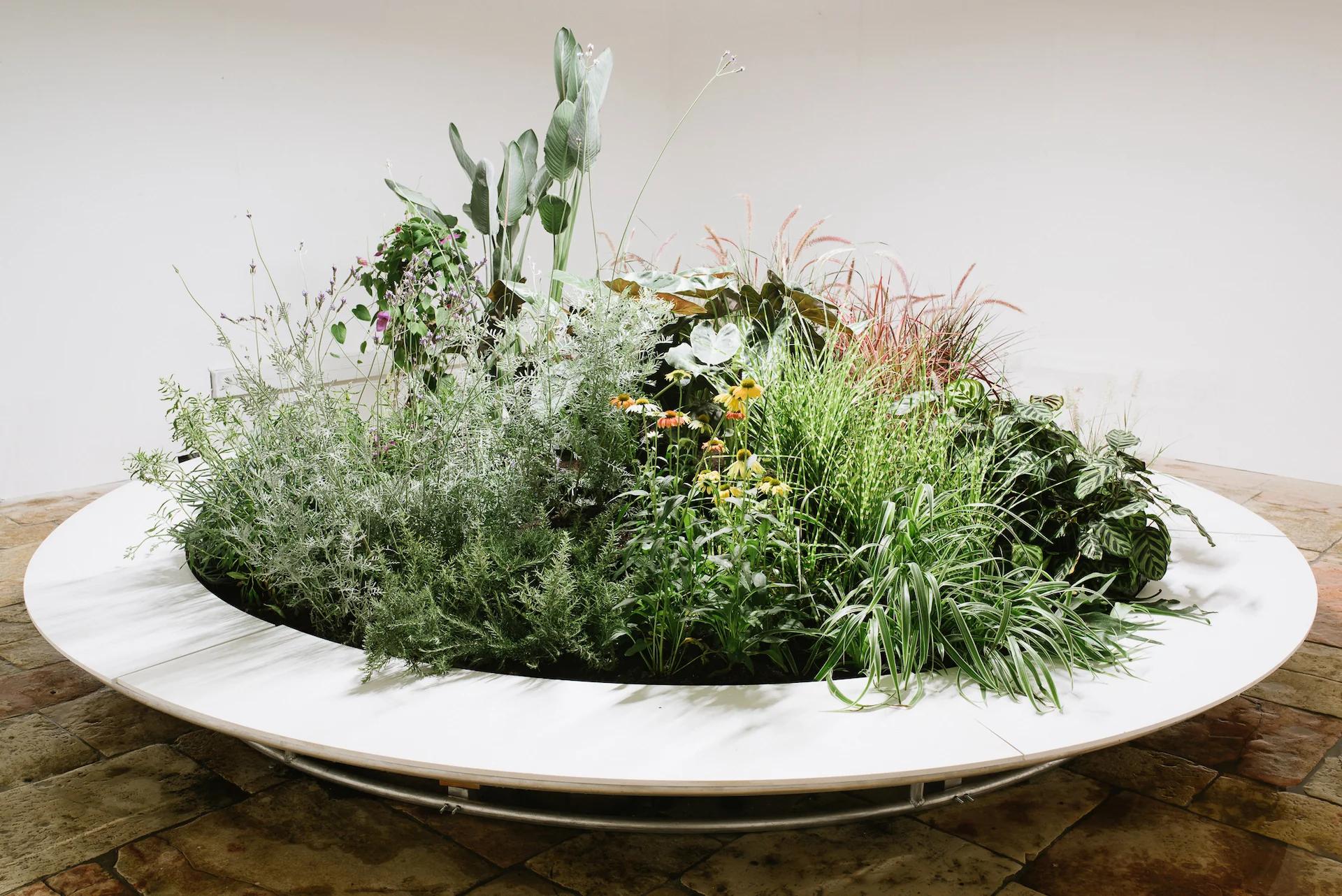
INSTALLATION VIEW OF FLORA FAUNA, A CHOREOGRAPHED, DANCING "PLANT CIRCUS" CREATED FOR JERUSALEM DESIGN WEEK. THE PLANTS, ALL OF WHICH ARE NAMED FOR VARIOUS ANIMALS, DANCE AS GUESTS PASS BY—A COMMENTARY ON THE EXPLOITATION OF ANIMALS IN CIRCUSES
Photo courtesy of Erez Neva Pana
DM/Are you optimistic about the future?
ENP/I am more optimistic than before. We’ve begun to understand that we can’t keep ignoring our planet’s demands, as it will find a way to a balanced state with or without us.
As in most revolutions, it takes time for new ideas to seep through. As I see it, humanity is in the middle of a drastic change. Social leaders and some political leaders are more aware of the dangers; we see activists becoming role models for the younger generation as they speak out and act to direct humanity toward a better future. I just hope that governments’ actions will align with these views, and that their acts will be firm and quick.
Hopefully we will keep developing and choosing a balanced collaboration with nature—for the sake of our own well being, the well being of those around us, and for the next generations.
DM/Thank you, Erez! ◆
This interview is part of a special editorial series inspired by the 2021 Design Miami/ Basel theme “Human Nature.” On the eve of the event, Anna Carnick and Wava Carpenter of Design Miami and Anava Projects took the opportunity to connect with a short list of exceptional creatives working at the forefront of environmentally minded, and therefore socially minded, design. The series explores the evolving relationship between humans and our environment—and asks how that relationship must shift—through conversations with some of today’s most inspiring, influential, and boundary breaking design creatives.
